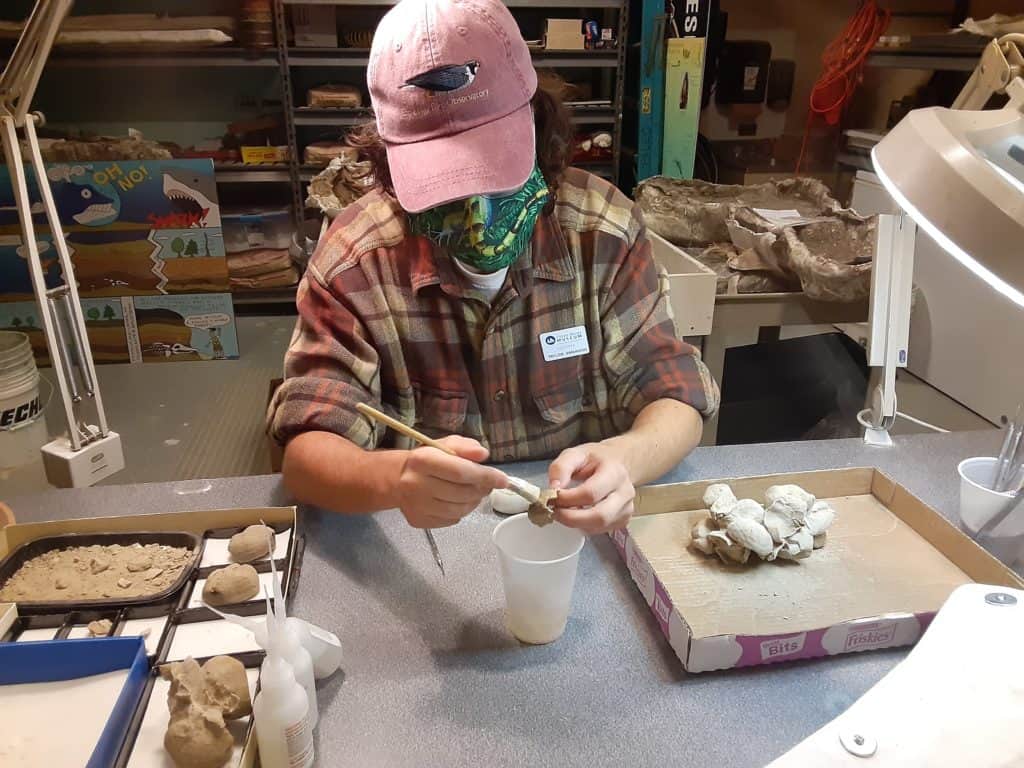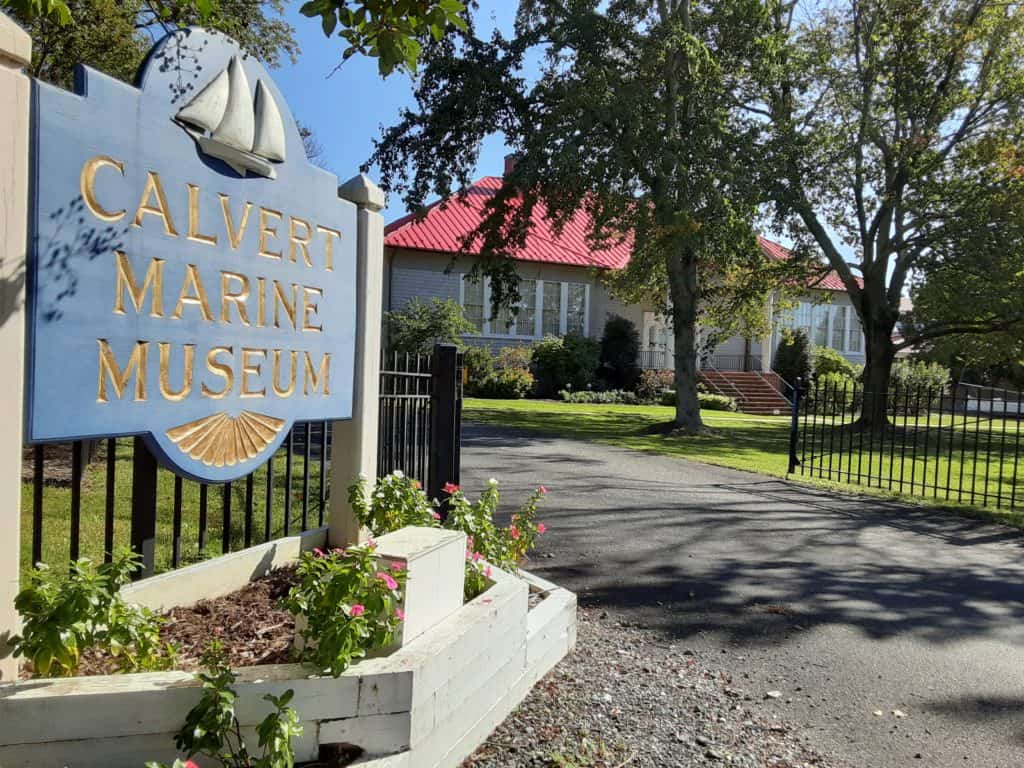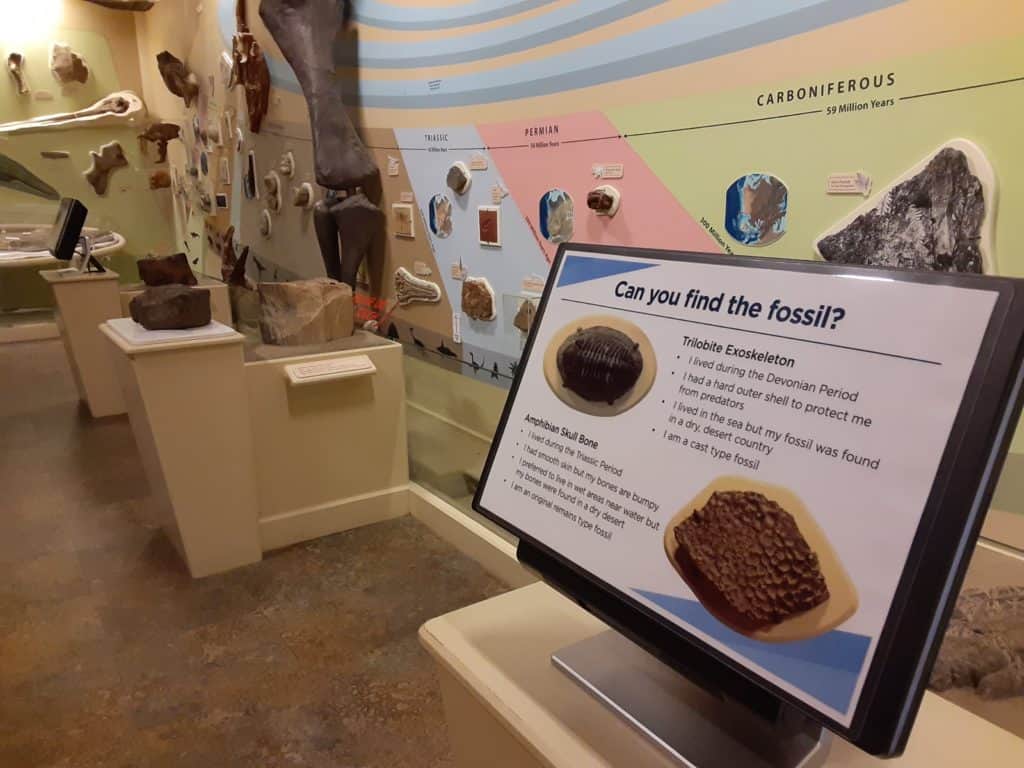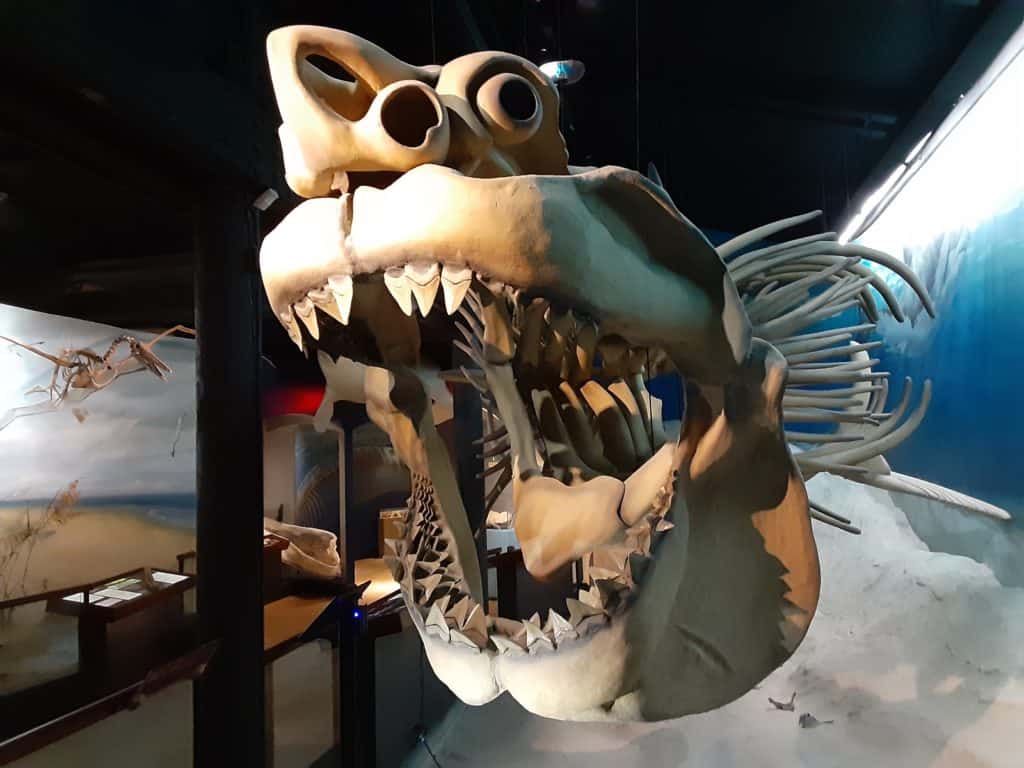A Quiet Celebration
Calvert Marine Museum embraces 50 years in a year full of adaptations
By Charlie Youngmann
The Calvert Marine Museum is celebrating its 50th anniversary with no plans of stopping until it’s been commemorated properly.
Turning 50 is quite the milestone for any institution and at the Calvert Marine Museum, this has come at a rather difficult time.
“We’ve had to put a lot of things on hold,” said Jeff Murray, the museum’s director.
Founded by the Calvert County Historical Society in 1970, the museum began as a maritime history museum in a small building on Solomons Island. Throughout the museum’s five-decade evolution, its focus has broadened to encompass both the natural and human histories of the Chesapeake Bay.
Originally, a big 50th anniversary blowout was scheduled in conjunction with the Patuxent River Appreciation Day, usually held during the second week of October. But due to the pandemic, a large scale event is currently an impossibility. Instead, the museum plans to extend their celebration well into next year and hold an in-person gathering once it is deemed safe to do so, Murray said.
There’s a lot of history to celebrate.
In 1974, Ralph Eshelman became the museum’s first director and given his experience as a paleontologist and the site’s proximity to the fossil-laden Calvert Cliffs, the museum began to incorporate elements of paleontology and the natural history of the Bay in addition to maritime tradition.
Originally the Calvert Marine Museum operated as more of a field station for the Smithsonian Natural History Museum, but the museum’s resources grew to the point where much of the research could be conducted in-house and it was decided that fossils from Calvert Cliffs should be processed locally, says Curator of Paleontology Stephen Godfrey. Both professional and amateur paleontologists work with the museum to recover the remains of prehistoric wildlife as they become uncovered by time and erosion.
The location and relative position of a fossil to its neighboring sediment layers help paleontologists map the prehistoric Chesapeake and the organisms that lived there, Godfrey says. While paleontologists rarely get the full picture of an animal from recovered fossil fragments, the present details in a single bone can be enough to identify an entirely new species.
The Calvert Marine Museum will only accept fossils or collections deemed scientifically valuable and an appropriate size to take on. Over the years, excavations and donations have flooded the museum’s storage capacity.
In 2018, the Calvert Marine Museum was declared Maryland’s state paleontology center. In accordance with a site master plan made that year, a new paleontology building will be constructed within the next several years.

The Calvert Marine Museum has grown from just a single building to a multi-site institution seeing about 80,000 visitors per year, says Communications and Marketing Coordinator Anjelica Eitel. Based on current projections, the museum will likely see a 50-percent reduction in attendance this year due to COVID-19.
Instead of a major 50th birthday party, the museum staff is focused on serving the public in the safest ways possible.
Now that the museum is open to the public by reservation, staff are taking steps to adapt to new protocols, says Deputy Director Rachelle Green. For 30 minutes, twice a day, like clockwork the museum will shut down and each employee will to sanitize their designated area.
Some of the museum’s high-touch areas like this writer’s childhood favorite, the Discovery Room, have been temporarily closed down due to risk of contact and exposure among visitors, Green said. However, take-away crafts are offered for children to make in the comfort of their own home.
Touch screens that used to encourage physical interaction are now covered with laminated scavenger hunt lists and activities. While the solution is low-tech, it is certainly effective at getting people to avoid contact with museum surfaces, Green said.
Though children won’t have access to some of the same hands-on experiences at the museum, they can still find Mulch the box turtle waiting in his kiddie pool to greet guests as they enter.
Even with these accommodations, waning visitor numbers and the shut-down of schools meant that the museum would have to adapt to the virtual learning environment, Green says. The plan was to create five new digital programs for children in kindergarten through 5th grade with an additional 7th grade program, and to convert two of their existing field trips into virtual field trips.
To accomplish this, the museum created a Google site and packed it with video, audio and educational resources intended for teachers to use in creating assignments. Most of this content was created by educators working at the museum, in line with Maryland’s next-generation science standards as well as language arts and social studies standards.
“We tried to make everything as authentic as possible so that the kids get some sort of sense of the museum,” Green said. “It’s really a mix of things because we wanted the teachers to be able to decide what was the best way to communicate this content with their students.”
Videos on the site demonstrate things like sail hoisting while others are more tour-focused, Green said. They have explanatory content specific to individual fossils as well as recorded stories for younger children.
After piloting some of the programs with homeschool groups, adjustments were made and the Calvert Marine Museum’s digital field trips were ready, Green said. The museum has already registered about 900 students.
Murray acknowledges the growth the Calvert Marine Museum has undergone in the past half century and said he hopes the campus will continue to develop with immersive outdoor exhibits and continue its preservation of the boats, lighthouses and fossils they’ve collected along the way.
“Looking back 50 years, it’s been an amazing time,” Murray said.
—-
Help celebrate CMM’s 50th birthday by joining its 50 Miles for 50 Years virtual challenge. From October 18 thru November 18 register to complete 50 miles worth of activity, be that walking, hiking, biking or whatever else you choose. Registration is $25 per person and participants will receive a commemorative sticker of the museum’s otter mascot, ready for exercise, in the mail. Register online at www.calvertmarinemuseum.com/50for50.



